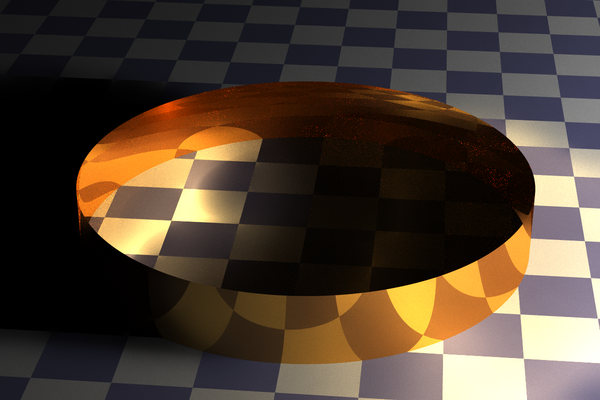
73

GitHub - mmirman/MentisOculi: A raytracer written in PyTorch (raynet?)
source link: https://github.com/mmirman/MentisOculi
Go to the source link to view the article. You can view the picture content, updated content and better typesetting reading experience. If the link is broken, please click the button below to view the snapshot at that time.
README.md
MentisOculi Pytorch Path Tracer
- A very simple and small path tracer written in pytorch meant to be run on the GPU
- Why use pytorch and not some other cuda library or shaders? To enable arbitrary automatic differentiation. And because I can.
Features
- Can trace reflective spheres and open cylinders with flat and checkered materials.
- Energy Redistribution Path Tracing with transitions limited to rays intersecting same initial diffuse material.
- Backwards (camera to light) path tracing
- Ray permutations in the hypercube of random numbers
- Nearly everything done in large batches on the GPU.
Future Directions
- Langevin Metropolis and HMC both use gradients to increase the efficiency of sampling. This paper outlines how to do these for ray tracing.
- This paper demonstrates how to make ray tracing even more differentiable for the benefit of inverse rendering
- Triangles and a GPU tailored ray acceleration datastructure.
- Metropolis SPPM? With HMC?
Credits
- While the code has been significantly morphed, it was originally a fork James Bowmans' python raytracer
- This was inspired by my ongoing work on secure differentiable programming, specifically adversarial examples in neural networks, at the ETH SRI Lab.
Recommend
About Joyk
Aggregate valuable and interesting links.
Joyk means Joy of geeK
